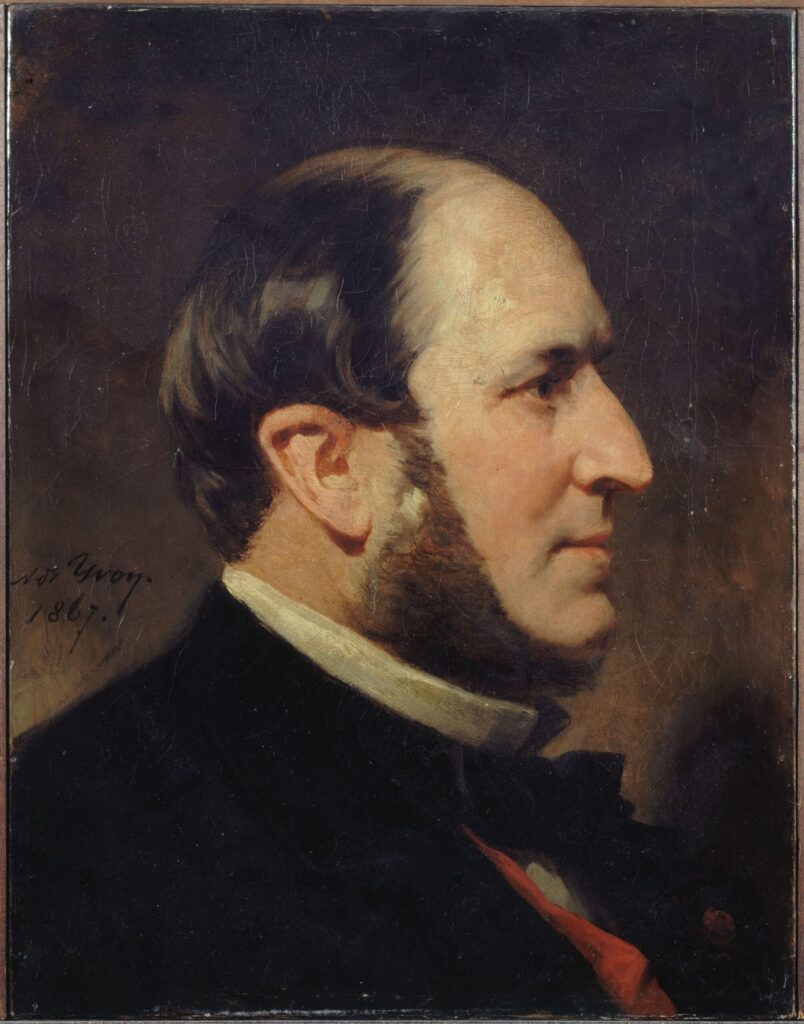The History of the Haussmann Window

Panoramic view of Paris and its authentic buildings
The so named Haussmann-style window, or “Gueule de loup” or “Mouton et gueule de loup”, is a type of joinery that was massively introduced as a Parisian window in the middle of the 19th century, mainly in Paris, but also in Bordeaux and Lyon. Baron Georges-Eugène Haussmann, after whom the window is named, was neither a town planner, nor an architect, nor even a window manufacturer, but a lawyer with excellent organizational and management skills. As prefect, he assumed the role of urban planner for Paris, with extensive powers.
For the multi-storey residential building blocks, Haussmann developed a classic “Beaux-Arts” façade with rows of “Mouton et Gueule de loup” windows, bands of horizontal stucco pilasters, lattice balustrades in front of sandy beige natural stone cladding and light grey slate cladding. The Mouton et gueule de loup windows were originally white or cream in colour, extending from floor to ceiling, with light wooden mullions and shutters.
By the time Haussmann was dismissed as prefect, some 40,000 buildings had already been constructed with windows of this type. Today, these traditional “Mouton et Gueule de loup” windows represent a legacy of the past and are therefore required for the renovation of protected buildings.
A century and a half later and following the example of the Grands Boulevards in Paris, these buildings still decorate the streets of Paris, and retain their prestige, thanks to their large volumes and the versatility of their structures, enabling them to integrate both offices and housing.
To renovate these buildings, and replace their windows, it is customary to have the latest generation of “Mouton et gueule de loup” joinery made by traditional carpenters who have mastered their craft for generations. Artisanship is nowadays very expensive, and it is very difficult to find a craftsman who can do it on a minimal budget. It is also not possible to produce large quantities within an acceptable deadline.
Mestre Raposa International® offers architects, contractors, and conservators of listed buildings a range of high-quality historic windows at very affordable prices, with very short delivery times. ‘
Our manufacturing process, using state-of-the-art CNC Weinig technology, enables us to tailor your windows according to your project and ABF (Architectes des Bâtiments de France) technical requirements. The size and complexity of your project doesn’t scare us…
Fill in our form here to find out more about our wooden window options.
